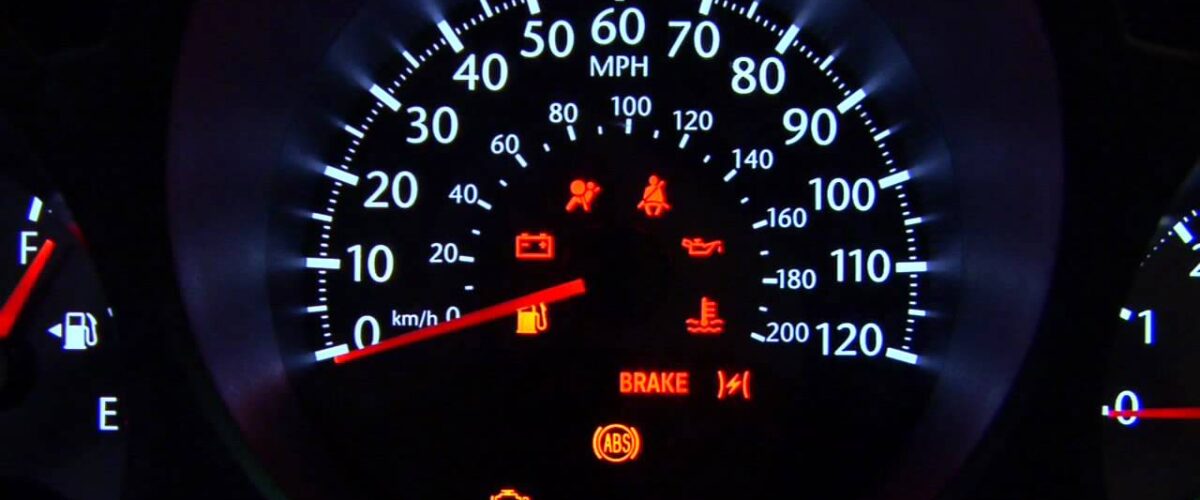41. Power Steering Fluid
If the power steering fluid is low, it becomes harder to control the steering wheel. If you didn’t know the power steering wheel is perhaps the easiest fluid to check; most engines come with a transparent reservoir and you can check the fluid level without opening it. The container will likely be labeled ‘steering’ – if you don’t see it, you can check on the car’s manual.
42. Brake Fluid

At the back of the engine compartment, you will find the brake fluid reservoir. First things first, you should be extra cautious to clean the reservoir exterior before you even think of opening it. Keep in mind that any contamination inside the reservoir can obstruct the effectiveness of the fluid. Next, open the brake fluid reservoir using a screwdriver and confirm if the fluid is at the half-inch level; anything below that should be topped up.
Also, if the brake fluid in the reservoir is too dark, it ought to be changed.
43. Air Conditioning Coolant
Not to be confused with the radiator coolant, the air conditioning coolant (refrigerant or Freon) specific purpose is to serve the A/C system by turning hot air into cold air. Unlike the rest of the fluid, checking the air conditioning coolant level is somehow complicated and you will need A.C. gauge and thermometer.
Anyway, the first step of checking the air conditioning refrigerant level is to activate the /AC system and set the lowest temperature. Afterward, you need to open the hood and connect the A/C gauge to the low-pressure line (check on the manual to know its location). If the gauge reads below 25 pounds, it needs to be re-filled.
44. Windshield-Washer Fluid

Even though you don’t need the windshield washer fluid to run your engine, it is necessary to clean up your windshield. The washer fluid reservoir in the engine is very easy to identify since it is labeled. Other than that, it is transparent and you can tell if it’s full or empty just by looking at it. If the fluid level is low, you can add your preferred cleaning formulated mixture.
Air Conditioning System
In some places where the weather gets too hot, you can’t stay in a vehicle without an A/C system for more than 5 minutes without getting uncomfortable. Ask any Uber driver the importance of an air conditioning system and they will tell you it can be the swinger between a good and a bad rating. Let’s find out how you should maintain it.
45. Regularly Run It

The A/C is like a competitive runner; if it doesn’t run regularly, it will lose its form. Hence, you should try to run the A/C for at least 10 minutes once per week. Make sure when you do it, you adjust to the coldest settings and let the fan peak. Also, regularly running the defroster is equally important for the same reason why you should consistently run the air conditioning system.
46. Schedule Professional Service

The air conditioning system should be recharged after every 2 years. In order to do that, you should schedule a professional service to lubricate the components and re-fresh the gas. Of course, you can read your user’s manual to verify the intervals.
47. Clear Away Debris
The grills below the windshield can pick up leaves, especially during the autumn. In fact, there are other types of debris that can get picked up whatever the season. Make sure you clean it up because the windshield exterior grill is connected to the air conditioning system and it could be a problem if those leaves and debris clog the condenser.
Maintaining The Perfect Car Interior
The interior of your car is one of those first impression details that are left lingering on most people’s mind. Obviously, if your car interior is filthy, it will depreciate your car value. To put it another way, it could be a determining factor if your date calls you back or not.
Sure, there are parents with little children or pets that make it hard to keep up. Nevertheless, there are a few tricks you can pull up your sleeve.
48. Clean Your Seats Regularly

You see, if you don’t clean your car seats regularly, the dirt will accumulate and next thing you know, your car interior turns into a pigsty. For what it’s worth, you should clean your car interior at least once a month to avoid the dirt build up. If you’re too busy to do it, there is always a car wash around the corner or you can bribe your kids to do it.
49. Apply Protective Creams

Just because your car is tinted, it doesn’t mean the vinyl or plastic coated interior parts can’t become brittle, dry or vulnerable to cracks due to sun exposure. You do open your windows, don’t you? Even if you rarely open the windows, those parts can just wither due to old age.
Anyway, you can apply a protective cream to safeguard those parts. Note: Don’t apply the protective cream on the steering wheel and pedals since they would become slippery.
50. Use Vacuum Cleaners

It doesn’t make practical sense to clean those far-reachable parts under your seats or carpet with your hands. If you do so, you will only end up wasting your time. Alternatively, a vacuum cleaner can suck up the grains, sand or stones that you probably won’t even notice with your eyes. The best part? There are small handheld car vacuum cleaners that run on batteries.

